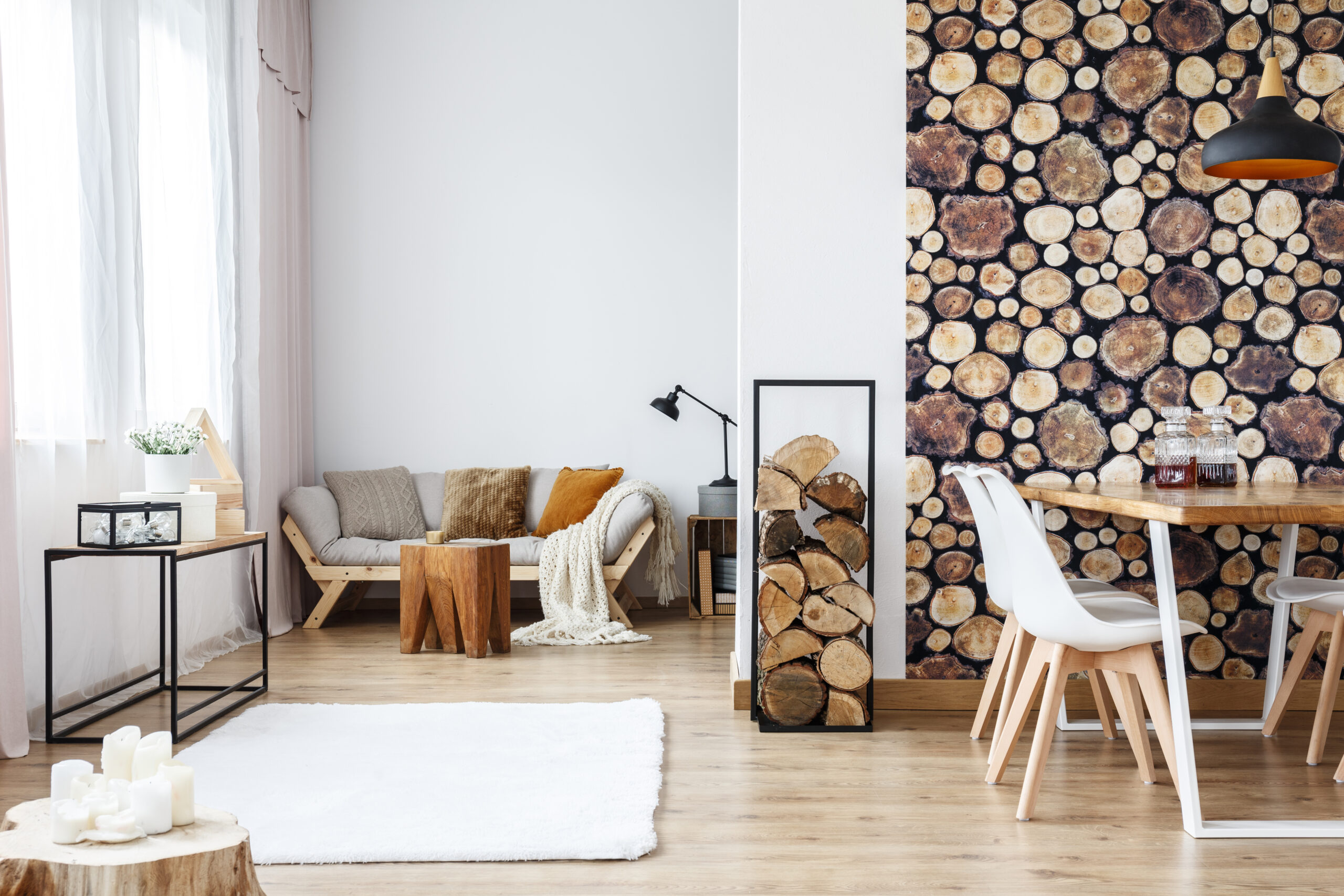
Interior decorating isn’t a cookie-cutter experience. Rarely can items from one design be repurposed to another project. Since every brand, building, space, and client has different expectations and styles, your projects have specific needs.
This is especially true with commercial design and residential interior design.
Residential Interior Design
The main consideration when tackling a residential interior design project is the client’s vision. While your team may drive the design and style, your client should define the mood and specifications for the space.
Residential projects can range anywhere from a fresh remodel to an entirely new home where your team can start from scratch. Depending on the flexibility of the space, your team can make adjustments to the home’s functionality and floor-plan. This could mean removing or adding drywall, adding windows or skylights, or even exposing brick and ceiling beams. The possibilities are endless.
If the project is more conservative, you can consider a fresh coat of paint, creative trim work, or new flooring as a base for your design. Of course, the furniture and layout are the defining factors in your interior concept. Use these components as a circulatory element to establish a pleasing sense of order and comfort.
Most homeowners typically prioritize a space’s functionality and livability over creating a fashion statement. Make sure you outline a list of goals and expectations with your client as a first step. Use mood boards and style guides to ensure you’re on the same page.
Commercial Interior Design
Designing spaces like businesses, offices, small local spaces, and restaurants is a whole different ballgame.
Commercial interior designers are trained to prioritize functionality and safety without sacrificing the style components that make a space special. There are extensive considerations to take into account when planning an interior project for a restaurant, and a completely different set of considerations for hotels or office spaces.

In the case of larger projects, designers are often intimately involved in the renovation and building process. They can help contractors make important design decisions during construction like lighting placement, flooring materials, and window position.
Of course, it’s important to utilize the client’s goals and vision when planning the project. However, you also have to consider the brand and the message they’re trying to convey to their employees and customers. Sometimes, overt branding choices can be repetitive and even overwhelming, especially if they’re used in all marketing collateral. This is an important consideration for commercial interior designers. There is a fine line between achieving brand synergy and overdoing the marketing in design.
Communication is Key
While commercial and residential interior design may be very different in style and project size- there is a significant similarity. Communication between the designer and client is essential.
In order to create a perfectly stylish and functional space while meeting your clients’ expectations, there should be communication at every step of the design process.
The good news? Planning Interiors is expanding our service offerings! Hire us for your next residential interior design project. Our team of interior designers will create floor plans, mood boards, and/or digital mockups and provide live samples of the finishes so you know exactly what to expect from your space. Get in touch to start designing today!